1. Packaged hot beverage shoppers spend four times as much as average c-store consumers
2. The price of a latte has shot up 30% since 2021
3. Nearly half (49%) of consumers visit coffee shops less to save money – with most drinking more at home
4. For select stores the speciality sector is important
5. Innovation could give c-stores an opportunity to regain sales
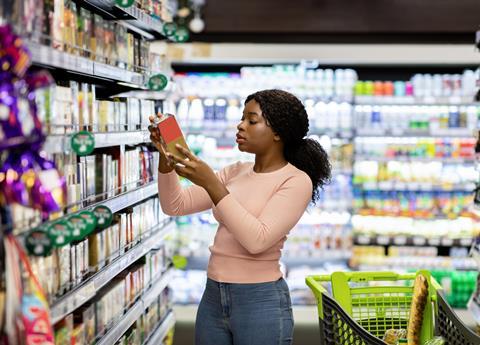
1. Packaged hot beverage shoppers spend four times as much as average c-store consumers
Are your store’s packaged hot beverages feeling a little unloved right now?
Epsom Costcutter retailer Sue Nithyanandan says that the category can sometimes feel like a “forgotten area” in-store. With High Street chain coffee, despite its price, percolating all the excitement, that can leave packaged counterparts stewing on the shelf.
“It’s interesting that people are happy to pay £3.50 for their takeaway Costa coffee, when they could have multiple drinks for that if they had the time to make them at home,” she says.
“But I think it’s a fashion thing to walk around with the branded coffee in your hand.”
To keep interest at a rolling boil in packaged products she says it’s essential to constantly “check exactly what the customer wants and update what you’re selling according.”
For Sue, over the years this has meant concentrating more on coffee than tea (stocking about two-thirds coffee versus a third tea at her store). She says Nescafe’s pre-mixed latte and cappuccino sachets are a high spot which “always sell well”.
It might lack to-go drinks’ glamour, but ask any c-store retailer to spill the tea and they’ll tell you the category’s still a must-stock.
“Everybody wants a cup of coffee and everybody wants a cup of tea!” says Ian Lewis of Spar Minster Lovell.
“The category’s a little like essentials such as petrol. It’s a pretty stable part of everyday for most of our consumers.”
Plus, despite accounting for only 1.5% of convenience missions [Lumina Intelligence 2024], it still punches way above its weight attracting high-spending shoppers.
“Nearly two thirds of the category is bought on Planned Top Up missions, a large over-trade compared to Total Convenience,” says Flora Zwolinski, senior insight manager at Lumina Intelligence.
“This means shoppers have larger basket sizes – more than double that of typical baskets, and spend around four times as much.”
Back to top
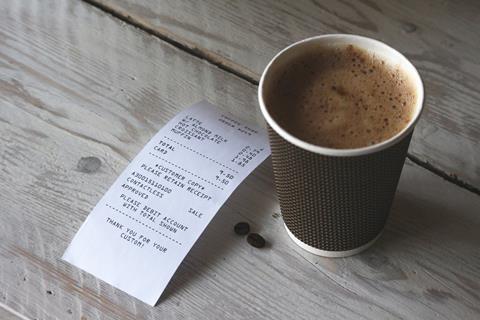
2. The price of a latte has shot up 30% since 2021
So, about that to-go latte Sue was talking about. According to research from UCC it has leapt in price by about a third since 2021. That means while a coffee at Pret a Manger set shoppers back £2.75 in 2021, it’s now an eye-watering £3.60.
Ideally this would send shoppers straight to packaged bevs. But sadly the same factors are pushing up prices in-store as well, due to inflation and under-caffeinated harvests in coffee-producing areas like Brazil and Colombia.
“Prices have gone up massively,” confirms Sue.
“We’re now very conscious of shrinkage in our hot beverages fixture. We’re also not selling as much as we used to, and that’s partly down to the cost-of-living crisis. Some brands have shrunk packages just to keep to a price point.”
“I used to think that people were particular about the brand they bought. But I think that now people are looking for value.”
Ian adds that he’s seen customers increasingly buy on promotion – especially when it comes to some of the upmarket on-shelf choices.
“Sales of some the more upmarket coffees fall off unless they’re on promotion because the price difference can be astronomical,” he says.
Back to top
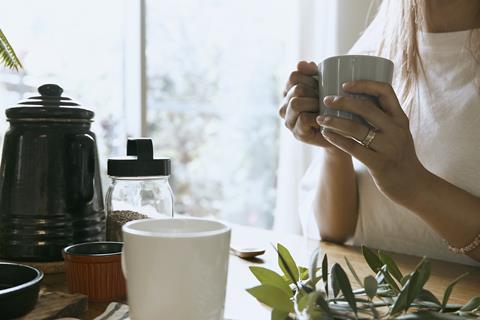
3. Nearly half (49%) of consumers visit coffee shops less to save money – with most drinking more at home
To-go coffee can feel ubiquitous in some areas. Yet there’s some evidence emerging that sales are slowing as shoppers look to save cash. And this is where brands see the chance to woo shoppers around packaged products.
“The coffee shop trend continues to grow, with 49% of consumers claiming to visit coffee shops less to save money – and most drinking more at home [as above],” says Edward Watts, UK&I sales director at Jacobs Douwe Egberts.
“Consumers are trading up on their weekly shop with products that allow them to easily recreate their favourite coffee shop experiences. This trend is being proven through the immense growth within the specialities and mixes segment. In fact, we have seen an increase in spend in August 2024 vs August 2023 on soluble specialities [NIQ Scantrack – Total Coverage – Data up to 13th July 2024], gaining greater penetration than any other segment in the last six years, with the segment now worth over £173 million [as previous].
“What’s more, these products are also key to recruiting a younger shopper and expanding the popularity within the coffee category.”
For JDE, this means convenient products like Kenco Cappuccino and Latte sachets, plus coffee shop-branded lines like the Tassimo Costa range.
“As well as offering choice in different formats, we know that consumers are also looking for flavoured coffee, which now makes up over 39% of the speciality sector [NIQ MAT 08.09.24],” says Watts.
“In fact, the top flavours among shoppers are caramel and vanilla, which account for over half of the flavoured specialities segment [Total Coverage, Caramel and Vanilla Specialty vs. All Flavour Specialty, Value Sales, MAT data to 08.09.24, NIQ].
Back to top

4. For select stores the speciality sector is important
Go further up the speciality spectrum and there’s the opportunity to win over shoppers keen to feed their coffee pod machine.
“Everybody’s got a coffee machine nowadays,” says Sue.
“It’s something that people were often gifted – a few Christmases ago they seemed to be the ‘must-have’ present. So we stock a couple of different pod options.”
Whole bean products can also be winner with coffee connoisseurs.
“With the rise of at home bean to cup machines, we’re seeing significant growth in demand for our whole bean range, which offers a freshness and depth of flavour that can’t be achieved with ground coffee,” explains Stuart Wilson, founder of speciality coffee brand Lost Sheep Coffee.
“Medium to dark roast levels (which are best for espresso) are increasingly popular, such as our Big & Bold coffee – an intense and full-bodied medium to dark roast single origin coffee from Cerrado Mineir in Brazil, and Get to The Hopper – a super smooth, chocolate caramel blend from speciality grade beans grown in Huila, Colombia and Paranaiba, Brazil.”
Wilson also cites single origin coffee as a burgeoning trend.
“With consumers prepared to spend more for top grade, premium coffee, speciality coffee is set to stay as we head into 2025, with coffee drinkers buying into the story behind the coffee they drink,” he says.
“Single origin coffee is definitely one to watch, as the level of traceability is high – it allows for 100% traceability right back to the farm it was grown in.”
However, premium isn’t going to rattle the beans of every retailers’ latte-slurping demographic.
“We have quite a few people asking for pods for their machines,” says Ian.
“But we haven’t got the space in the category for it so we tend to steer away from them. You stock one and then someone will say: ‘Hang on – my machine doesn’t take those’. Then before you know it you’ve got a metre of pods and it’s chaos!”
Back to top
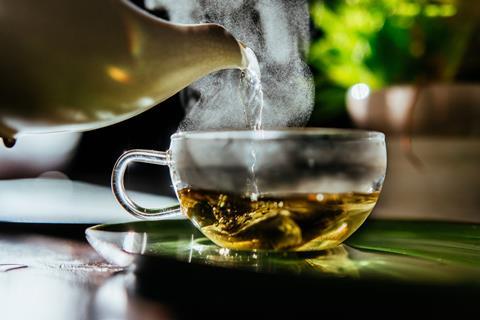
5. Innovation could give c-stores an opportunity to regain sales
As we’ve seen, there’s a danger c-stores are letting packaged hot beverage sales grow cold. But undervaluing the category might mean missing out on serious sales potential
“The symbols and independent (S&I) channel has just 5.6% share of Hot Beverage, a significant under-trade compared to the channel’s overall market share [which supermarkets dominate],” says Alex Lawrence, Circana analyst.
“Hot beverages are growing value sales in the S&I channel – up 2.6% vs LY in the last 12 months. [But] with S&I under-trading and losing share, [they are] missing out on a market growth opportunity.”
So exactly where are these new sales going to come from? Hopping on fresh trends could be a good start.
As black tea sales drop, brands are busy hunting for healthy claims to set them apart, with one in five (19%) 2023 UK tea launches featuring functional claims [Mintel Global New Products Database]. What’s more, mults hyper-fixated on low RRPs might not have room to give them the exposure they need.
Plus, at the other end of the market, there’s indulgence in the shape of the bubble tea trend.
“Following the theme of tea launches exploring indulgence, a small number of bubble tea kits have launched in mainstream retail in 2022 and 2023,” says Kiti Soininen, category director, UK Food & Drink Research at Mintel.
“NPD bringing foodservice concepts to retail stands to appeal widely. Thirty-eight per cent per cent of tea drinkers say that trying a new flavour of tea in a café/coffee shop/restaurant has prompted them to buy it from a shop. With 71% of 16-24s who drink tea agreeing, this also holds potential for tea to engage with younger age groups.”
Hopefully, right now an entrepreneurial brand is developing a c-store friendly bubble tea product designed to catch a Prime-sized buzz
Retailers would definitely say ‘kampai’ (cheers in Japanese) to that.





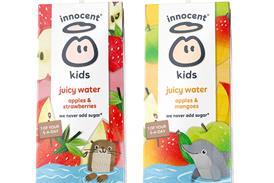
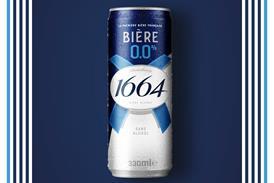

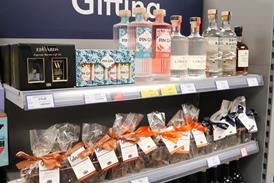
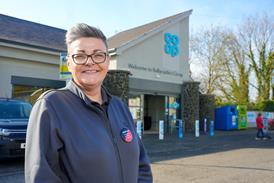
![WG-4003[58]](https://d2dyh47stel7w4.cloudfront.net/Pictures/274x183/4/5/1/353451_wg400358_6083.jpg)

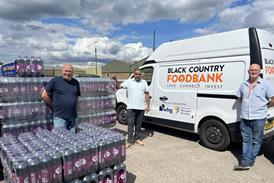



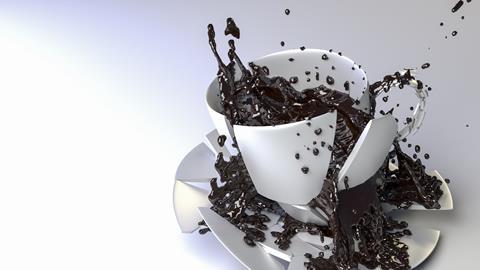
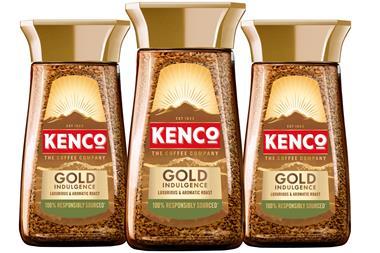
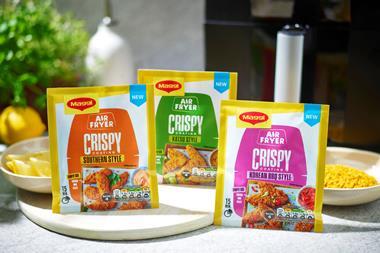


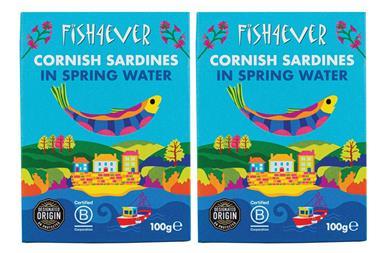

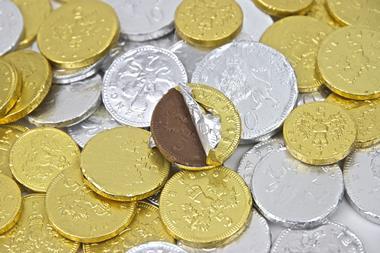
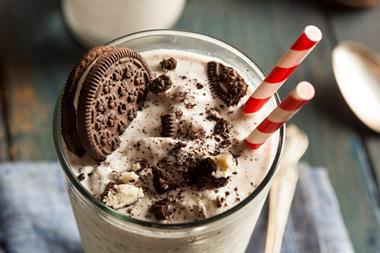

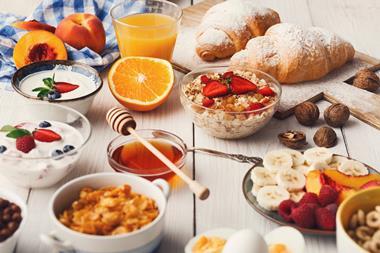
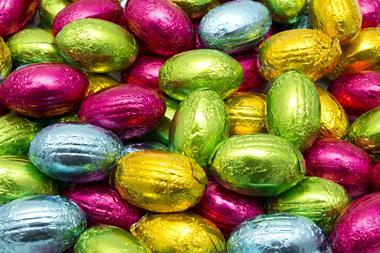
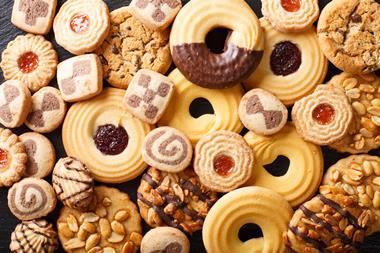
No comments yet